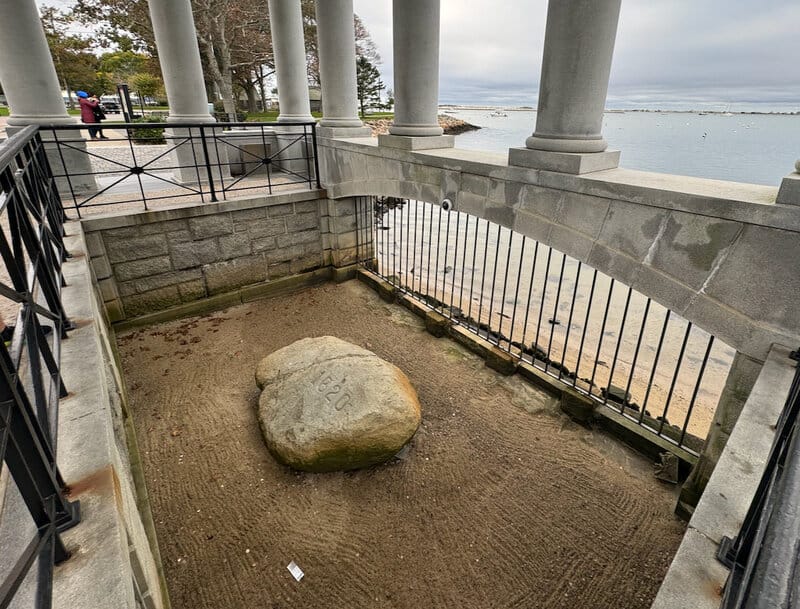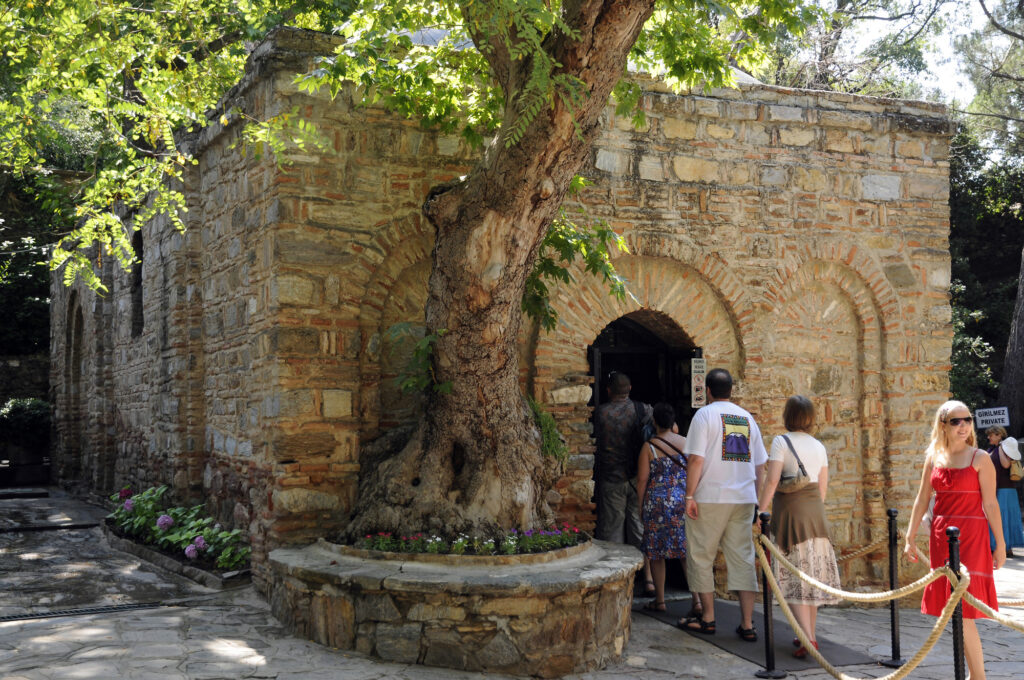History can inspire amazing travel adventures, but not all famous sites live up to their reputation. Some historical destinations promise magical experiences yet deliver disappointment and empty wallets. Let’s explore twenty-two overhyped historical sites that might make you reconsider your travel plans.


























